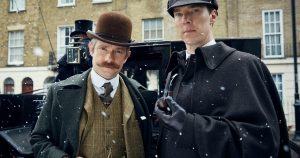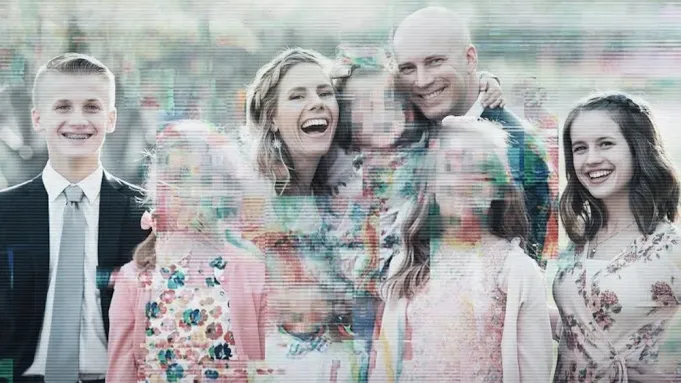After a two-year hiatus, BBC’s “Sherlock” returned to viewers on New Year’s Day and let them down after great anticipation. The special, “The Abominable Bride,” was not quite abominable, but it did lack coherence and continuity, despite captivating plot twists and strong acting.

The setting of the special begins in the period of Arthur Conan Doyle’s classic Sherlock Holmes novels —the 1880s —rather than modern day, which is the setting of the rest of the television series. Sherlock (Benedict Cumberbatch) dressed in his traditional deerstalker hat, while Watson (Martin Freeman) sported a mustache and a charming bowler. Though their attire changed with the century, their personalities remained true: Sherlock, witty and blunt, and Watson, his loyal and cautious partner.
Similar to the plot of the beloved previous episodes, detective Sherlock and his wingman Watson tackled a seemingly unsolvable case in which a bride named Emilia Ricoletti committed suicide and then returned from the “dead” to murder her husband.
While the pair solved this mystery, there were many humorous references to prior episodes that Sherlock fans can appreciate. However, standing alone, the storyline was neither clever nor unexpected.
Though Sherlock’s steps in solving the crime were fascinating, the final solution was not impressive. The crime’s motive was murky and ambiguous. In past episodes, the solutions to the crimes are perplexing and leave the viewer in awe, but this solution failed to do so and was often predictable.
The episode initially appeared to be an independent story, a playful flashback paying homage to the book series. If it had been simply that, it would have been more fulfilling. However, midway through the episode, the setting shifted forward to modern day, picking up where the previous season ended. This led to great complexity within the storyline that distracted from the main plot.
Sherlock’s nemesis Moriarty, played by Andrew Scott, reappeared in the prior episode, which cleverly mirrored the case of the Abominable Bride. Both committed suicide and came back to life seemingly by magic, confounding Sherlock. He simultaneously solved these two cases that lay centuries apart, and it is entertaining to find the discrete connections between the two cases. Nevertheless, the switches between the two cases created unstable and distracting pacing throughout the story.
Then yet another plot twist was revealed. The plot of the Abominable Bride case was not an alternate world, but an intentional dream of Sherlock’s meant to help him solve Moriarty’s disconcerting return. The writers played the cliché “it was all just a dream” card. Though this twist was unexpected, it distracted from the overall plot.
The repeated flashes back and forth between the two parallel stories were an attempt to mimic Sherlock’s trance-like state. However, there was too much going on, making it difficult to concentrate on the intricacies of the two individual stories.
In addition to Moriarty’s supposed return in the modern storyline, he also haunted Sherlock in his dream. The two adversaries shared an excellent scene during this time, which was propelled by the stellar acting of Cumberbatch and Scott. Scott masterfully executed his disturbing dialogue in a way to skillfully encompass his character, while Cumberbatch’s calm and calculated demeanor created an enticing interaction. Not only did Scott nail his dramatic and sinister character, but his superb acting was also engaging and successfully distracted from the flaws in the episode.
According to PBS, season four will begin filming this spring and is set to air next year.






